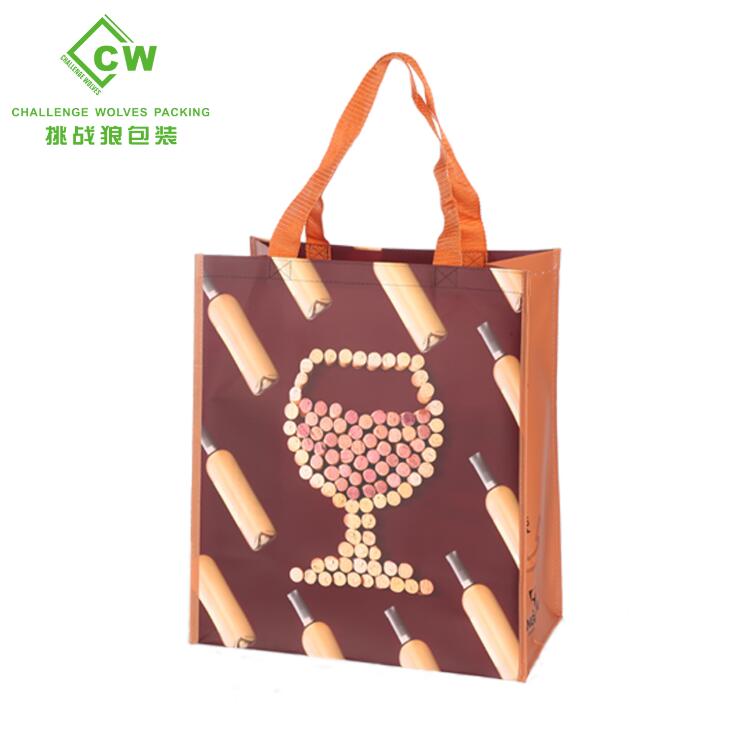Strength in Sustainability: The Suitability of Non-Woven Bags for Carrying Heavy Items
2024-03-04
Introduction:
Non-woven bags have become increasingly popular as eco-friendly alternatives to single-use plastics, offering durability, versatility, and sustainability. One common question that arises is whether non-woven bags are suitable for carrying heavy items. In this blog, we'll explore the robustness of non-woven bags and assess their suitability for transporting heavy loads, highlighting their strengths and considerations for consumers.
1. Structural Integrity:
Non-woven bags are engineered to withstand the rigors of daily use, including carrying heavy items. The construction of non-woven bags involves bonding synthetic fibers together through heat, pressure, or chemical processes, creating a sturdy and resilient fabric. This structural integrity enables non-woven bags to handle heavier loads without tearing or stretching, making them suitable for carrying groceries, books, electronics, and other substantial items.
2. Reinforced Handles and Seams:
One of the key features that contribute to the suitability of non-woven bags for carrying heavy items is their reinforced handles and seams. Unlike flimsy plastic bags that often break under pressure, non-woven bags are equipped with sturdy handles and reinforced stitching that distribute weight evenly and provide additional support. This design element enhances the strength and load-bearing capacity of non-woven bags, making them more reliable for carrying heavy loads.
3. Load-Bearing Capacity:
Non-woven bags come in various sizes and thicknesses, each with its own load-bearing capacity. While lightweight non-woven bags may be suitable for carrying smaller or lighter items, heavier-duty options are available for transporting bulkier or heavier loads. Consumers can choose non-woven bags with higher weight capacities to accommodate their specific carrying needs, whether it's for grocery shopping, moving, or other purposes requiring heavy lifting.
4. Versatility and Practicality:
The versatility of non-woven bags extends to their ability to carry a wide range of items, from groceries and household essentials to gym gear and work supplies. Non-woven bags are spacious, allowing ample room for multiple items without compromising on strength or stability. Their practical design features, such as flat bottoms and gusseted sides, further enhance their capacity to carry heavy items securely and comfortably.
5. Considerations for Consumers:
While non-woven bags are generally suitable for carrying heavy items, there are some considerations for consumers to keep in mind:
- Weight Distribution: When loading non-woven bags with heavy items, distribute the weight evenly to prevent strain on the handles or seams.
- Bag Size and Thickness: Choose non-woven bags with appropriate size and thickness to accommodate the weight and dimensions of the items being carried.
- Long-Term Durability: While non-woven bags are durable, excessive strain or overloading may shorten their lifespan. Avoid overloading bags beyond their recommended weight capacity to ensure long-term durability.
Conclusion:
Non-woven bags are well-suited for carrying heavy items, thanks to their robust construction, reinforced handles and seams, and ample load-bearing capacity. Whether used for grocery shopping, travel, or everyday errands, non-woven bags provide a sustainable and reliable solution for transporting heavy loads with ease. By understanding their strengths and considerations, consumers can make informed choices and leverage the durability and practicality of non-woven bags for various carrying needs.



